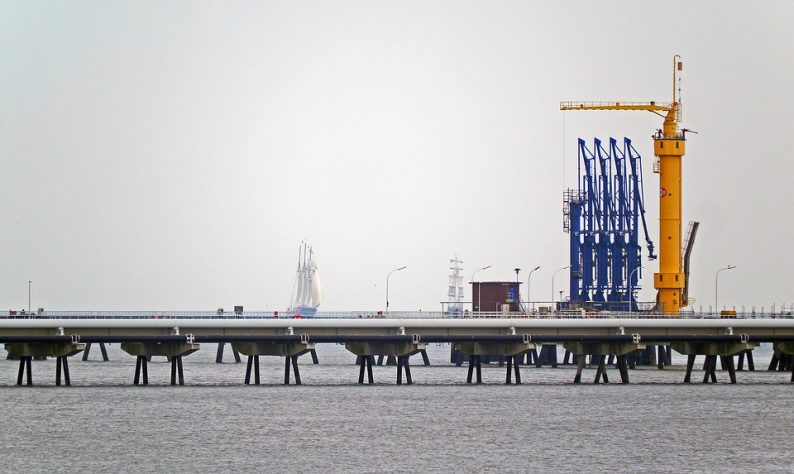10 years ago, the market was fretting, everyone was worried about ‘peak oil” and now it is peak demand. Instead of the world on a collision course of fighting over the last drop of oil now, it seems that we have turned the world upside down and now we are seeing predictions that oil demand will peak. The latest peak demand forecast comes from BP who predicts that the demand for oil will peak before 2040. How did we go from oil production Armageddon to a world where we will supposedly have more oil than we will know what to do with? Very simply, it is the power of the markets.

When oil prices rose, smart people in pursuit of profits built a better mousetrap. Not only did we see George Mitchell unlock the power of shale, we also saw a shift to alternatives. Yet, those with the lack of vision failed to realize that power and now I think we have gone to a level of overconfidence in writing the epitaph on global oil demand. I never believed in peak oil and I don’t believe in this peak demand either.
BP, as reported by Dow Jones, says that demand oil and other liquid fuels could continue to grow until around 2035, hitting 110.3 million barrels a day — compared with 95 million barrels a day in 2015 — before plateauing and peaking and falling off in the run-up to 2040. BP looks to alternatives to take oil market share predicting that they will account for 25% of daily needs. BP is assuming that government policies, technology, and societal preferences will evolve in the future similar to how they have in recent years with a move towards electric cars and a move away from the internal combustion engine.
Yet, Exxon Mobil, OPEC, and the International Energy Agency disagree. In fact, BP is probably underestimating demand growth and overestimating the ability of alternative cars to replace the regular cars. Not only will costs play a big role, but the demand for cobalt and other rare earth minerals that will be needed to switch away from gasoline. The report must take into account where most of the demand growth will be for new cars and realize that many in the developing world will not be able to afford electric cars or have the money to invest in the infrastructure to support an electric car world.













Leave A Comment